Formulating milk substitutes for small ruminants requires an understanding of the nutritional content of the ingredients to fulfill the requirements of the pre-ruminant.
 22 Jan 2024
22 Jan 2024
How to Select a Good Milk Replacer for Your Farm?
Typically, in highly focused dairy goat farms, the newborn is isolated from the doe immediately after birth and nourished with colostrum in the initial 24-48 hours. Subsequently, the kid is nurtured within an artificial lactation system, underscoring the crucial decision of selecting a high-quality milk substitute.
However, there is limited scientific literature that helps establish a real growth pattern for goats during the early stages.
![]()
![]() Animals intended for future breeding, up to 3 months old, exhibit a growth rate within the range of 130-160 g/day during this period and receive supplementation with starter milk feeds.
Animals intended for future breeding, up to 3 months old, exhibit a growth rate within the range of 130-160 g/day during this period and receive supplementation with starter milk feeds.
The selection of the objective is determined by:
![]() Sex
Sex
![]() Genetic value
Genetic value
![]() Time of the year
Time of the year
![]()
Prices are always better in summer and approaching Christmas (between 5.2-6 €/kg live weight).
Many farms take advantage of kidding in early summer and autumn to mainly send their animals to slaughter since they fetch a better price.
Therefore, they limit kidding in winter and spring to retain most of the rearing on the farm and sell the males for slaughter (between 2.5-4 €/kg live weight).
When choosing a milk replacer on a farm, it’s essential to consider that the product provides the necessary nutrients to achieve the target weight and conformation in the shortest time and at the lowest cost possible.
Various companies in the sector:
i) play with a mix of ingredients to create products with different qualities,
ii) use the information on the label as a tool to attract customers.
Management and facilities (Hernández-Castellano et al., 2015) are crucial for obtaining optimal performance on the farm.
You may also like to read: “
Subscribe now to the technical magazine of animal nutrition
AUTHORS
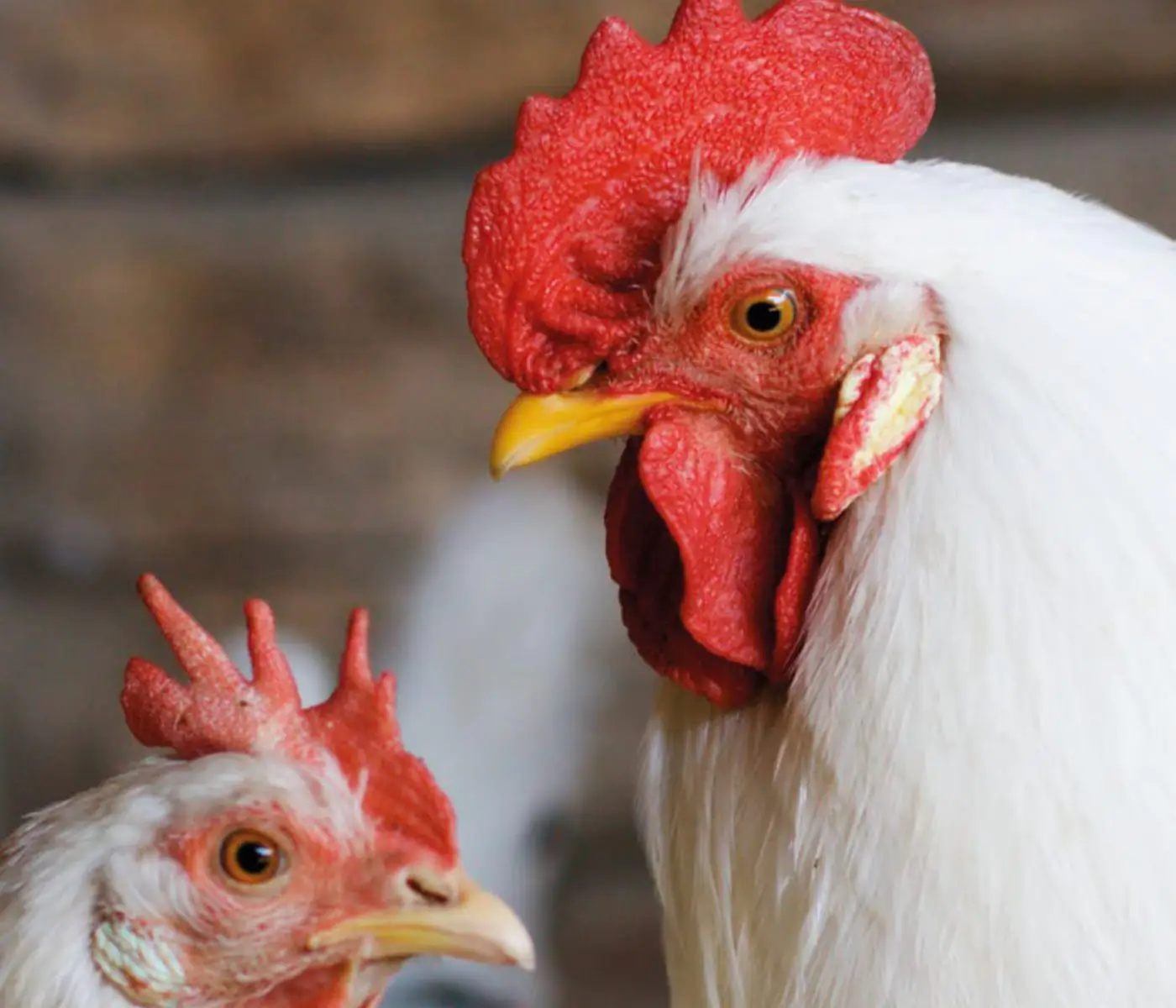
Nutritional Interventions to Improve Fertility in Male Broiler Breeders
Edgar Oviedo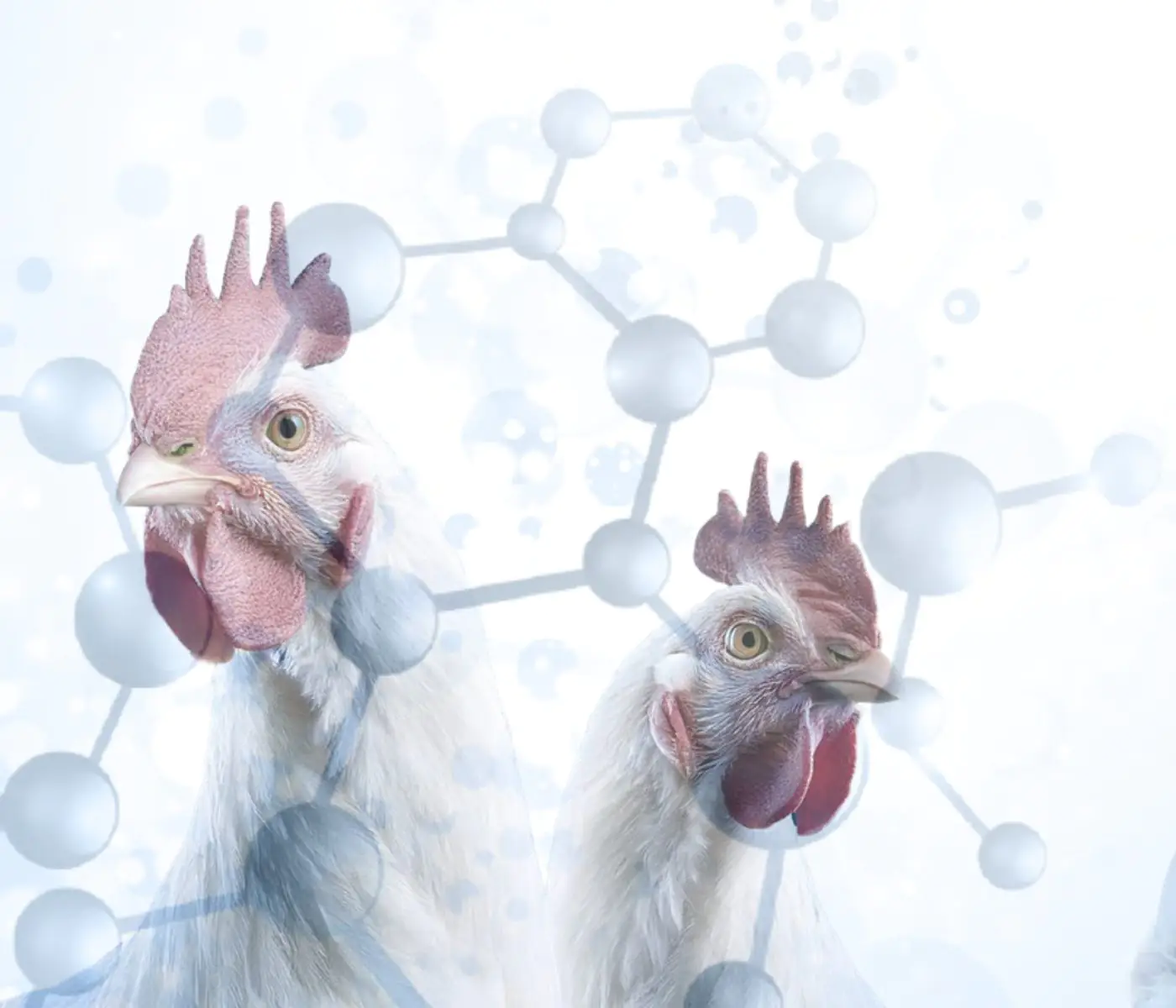
The Use of Organic Acids in Poultry: A Natural Path to Health and Productivity
M. Naeem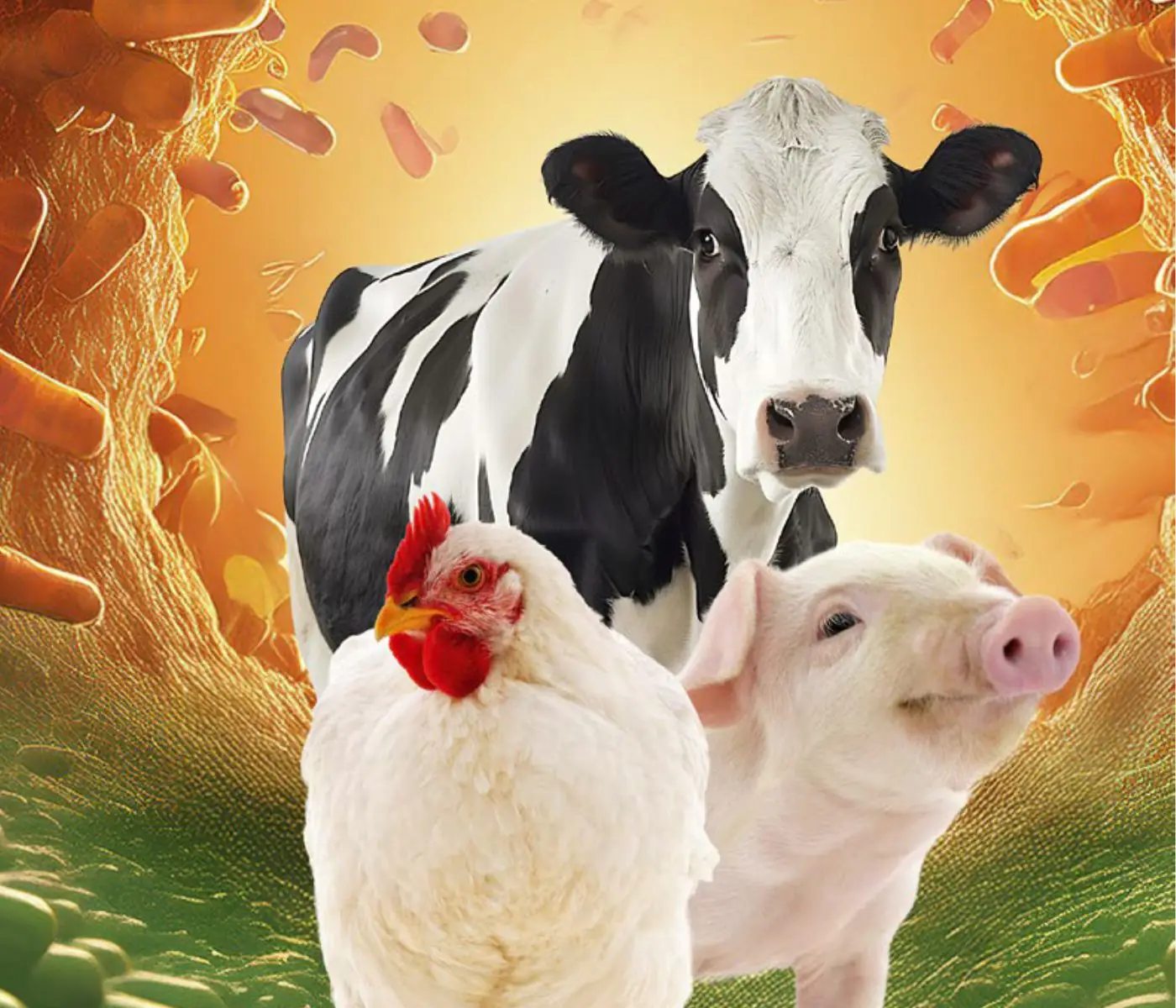
Synergistic Benefits of Prebiotics and Probiotics in Poultry, Swine, and Cattle
Gustavo Adolfo Quintana-Ospina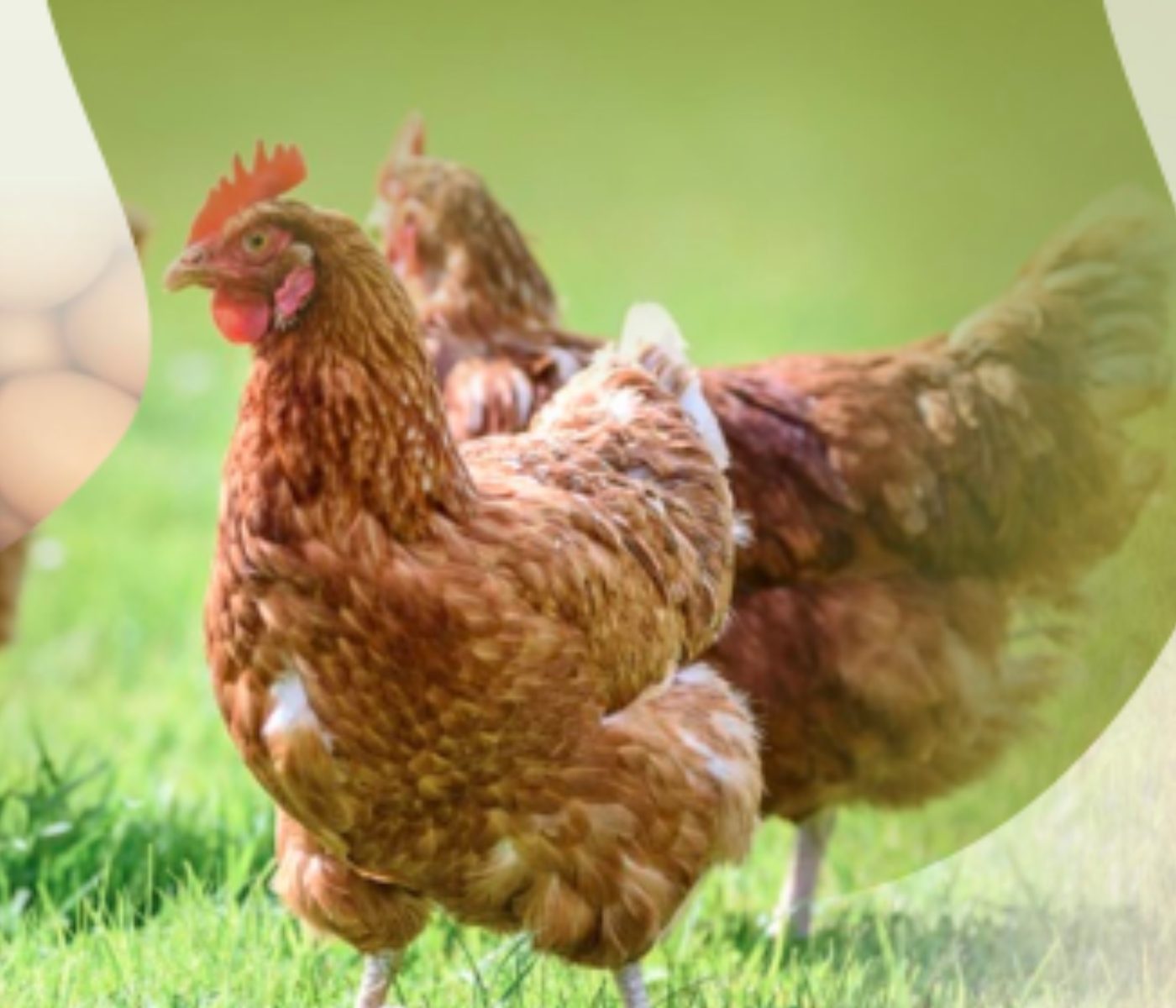
Hybrid Rye Potential in Laying Hen Feed Rations
Gwendolyn Jones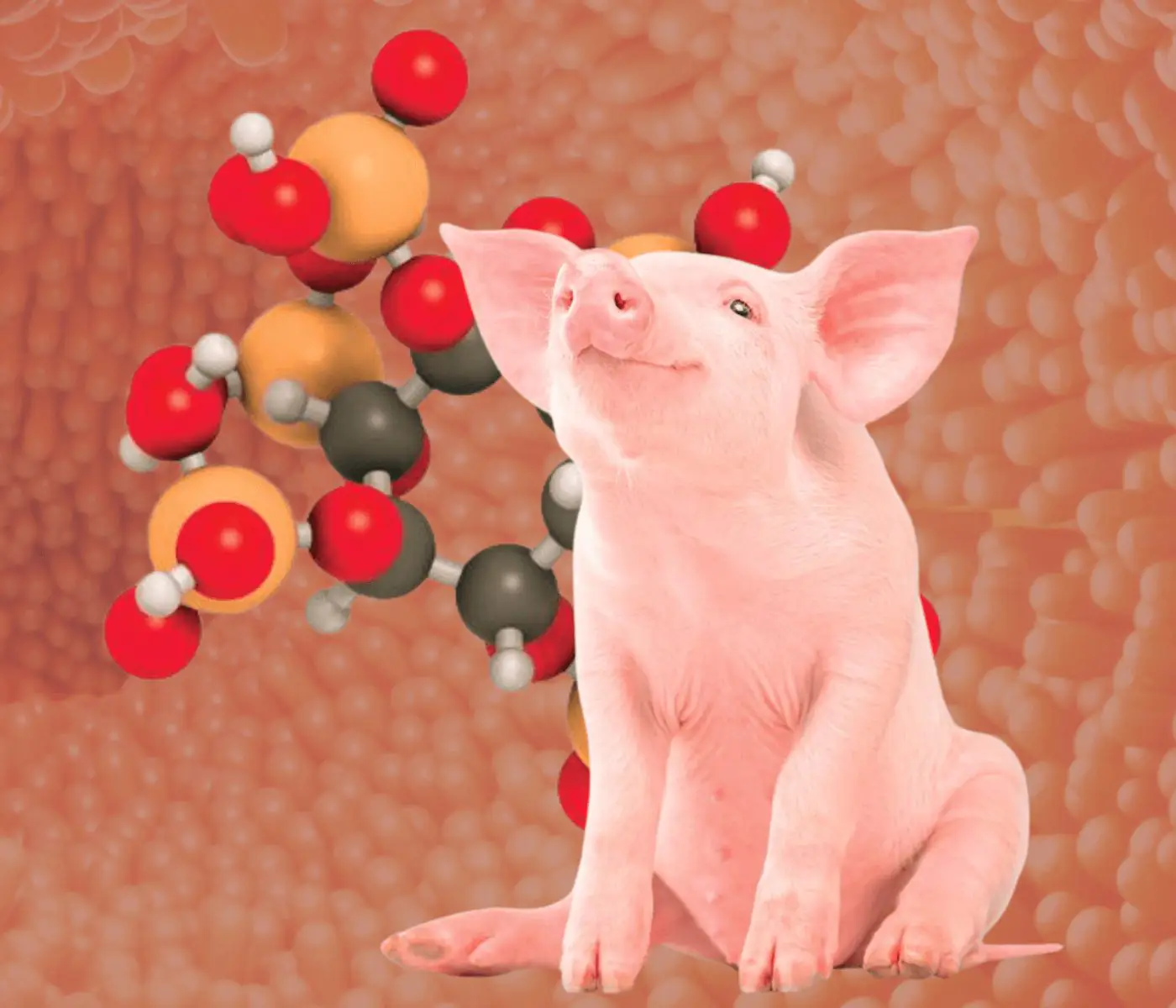
A day in the life of phosphorus in pigs: Part I
Rafael Duran Giménez-Rico
Use of enzymes in diets for ruminants
Braulio de la Calle Campos
Minerals and Hoof Health in the Pregnant Sow
Juan Gabriel Espino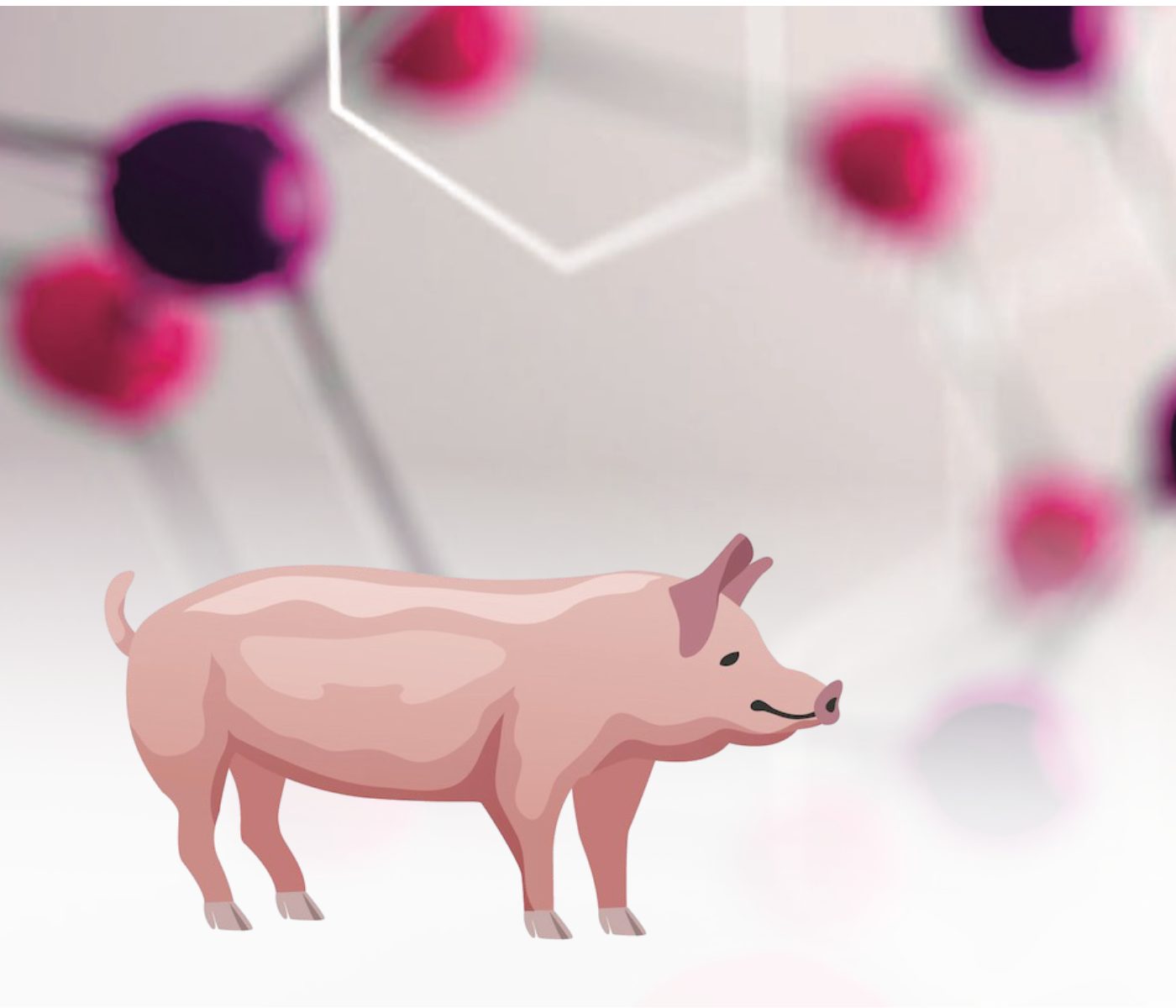
Impact of Oxidized Fats on Swine Reproduction and Offspring
Maria Alejandra Perez Alvarado